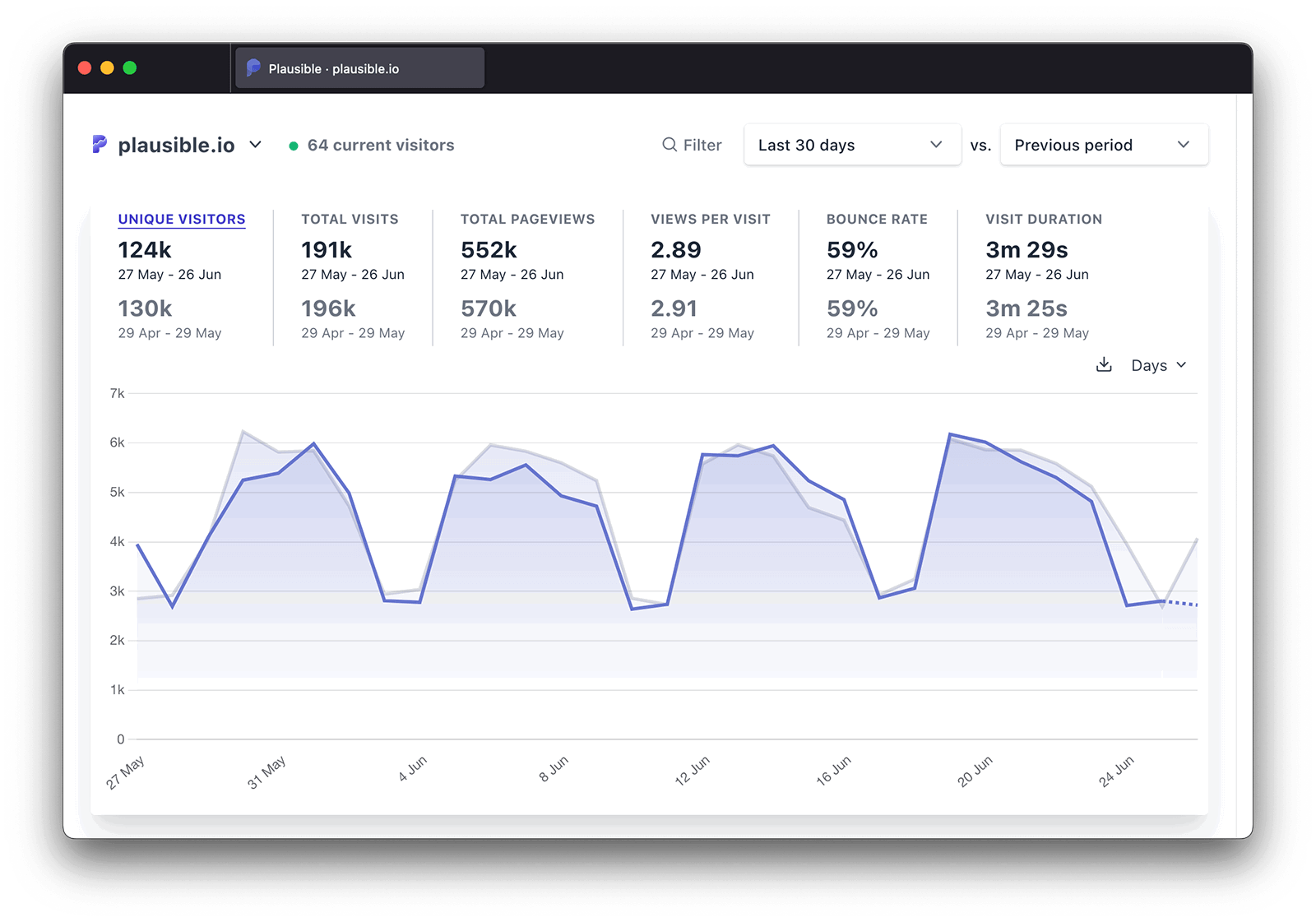Everything You Required to Find out about When Does the Google Analytics Tracking Code Send an Event Hit to Analytics
Everything You Required to Find out about When Does the Google Analytics Tracking Code Send an Event Hit to Analytics
Blog Article
Master Internet Site Insights With Accurate Google Analytics Tracking Code
The efficient application of Google Analytics rests on the accurate implementation of its monitoring code, a basic step usually overlooked by website owners. This apparently straightforward JavaScript bit, when appropriately placed, becomes the foundation of information collection, offering understandings into customer actions and site efficiency. Nevertheless, challenges can occur during configuration, possibly skewing the information and bring about mistaken choices. Recognizing these intricacies is necessary for maximizing the advantages of analytics. What are the typical risks that could threaten your monitoring efforts, and just how can you make sure accuracy in your technique?
Understanding Google Analytics Essentials
Google Analytics is an essential tool for website owners and marketing experts, giving vital understandings into customer habits and website efficiency. At its core, Google Analytics collects data regarding visitors to a web site, enabling individuals to examine metrics such as web traffic sources, customer engagement, and conversion prices. Comprehending these basics is important for maximizing a website's performance and boosting individual experience.
The system uses cookies to track communications, taping information such as web page views, session durations, and bounce prices. This details is aggregated and provided with customizable dashboards, enabling users to imagine patterns gradually. Secret efficiency signs (KPIs) can be kept an eye on, such as the overall variety of users, brand-new versus returning visitors, and the geographical circulation of the audience.
Furthermore, Google Analytics provides segmentation attributes, allowing individuals to separate particular traffic sources or customer demographics for even more targeted analysis. By grasping these foundational aspects, internet site proprietors can make enlightened decisions about web content technique, marketing projects, and total site improvements. Eventually, comprehending Google Analytics fundamentals is essential for leveraging information to drive development and attain organization purposes effectively.
Establishing Your Monitoring Code

Duplicate the given tracking code and paste it into the HTML of your internet site. Ideally, this code needs to be positioned in the header section of every page you wish to track. This ensures that the tracking code tons before any type of various other material, enabling it to catch information properly. If you are using a material management system (CMS) like WordPress, there are plugins offered that streamline the combination procedure.
After setup, verify that the monitoring code is functioning appropriately by using Google Tag Assistant or the Real-Time reports in Google Analytics - when does the google analytics tracking code send an event hit to analytics?. This action is vital to verify that your information collection is exact and energetic, establishing the structure for insightful evaluation
Usual Monitoring Code Issues
Several internet site proprietors run into usual problems with their Google Analytics tracking code that can hinder data collection and analysis. One widespread issue is improper installment. This may take place when the monitoring code is placed in the wrong area of the site's HTML, typically leading to missing or incomplete data. In addition, having numerous instances of the monitoring code on a solitary web page can result in filled with air metrics, as customer interactions may be counted a lot more than once.
An additional problem arises from using advertisement blockers, which can stop the tracking code from performing entirely, thus skewing data. when does the google analytics tracking code send an event hit to analytics?. Furthermore, failure to configure filters appropriately can cause the exclusion of important web traffic resources or the inclusion of undesirable reference spam, misshaping the data collected
Internet site owners might also forget the importance of tracking code updates, particularly when migrating to Google Analytics 4 (GA4) from Universal Analytics. Finally, insufficient testing before launching changes can cause undiscovered mistakes in the tracking code, further making complex information integrity. Dealing with these typical concerns is critical for ensuring exact monitoring and insightful analytics.
Analyzing Web Site Information Effectively
Exact information collection is just the very first step in leveraging Google Analytics; the actual value hinges on properly assessing that information to drive informed decision-making. To accomplish this, it is necessary to recognize vital efficiency indications (KPIs) that align with your service goals. Concentrate on metrics such as conversion prices, individual interaction, and website traffic sources, as these will certainly give understandings right into customer habits and the total effectiveness of your site.
Using Google Analytics' division attributes permits a much deeper understanding of your audience. By damaging down data into particular demographics, behaviors, and web traffic channels, you can discover trends and patterns that notify targeted strategies. Carrying out custom-made reports and dashboards can improve this procedure, enabling quick accessibility to pertinent information.
Moreover, routinely evaluating information click patterns in time assists to identify anomalies and opportunities for improvement. Make use of visualization devices to present data in a conveniently digestible layout, assisting in more reliable interaction with stakeholders. Eventually, the capability to analyze site information properly empowers companies to make calculated decisions that boost individual experience, optimize marketing initiatives, and drive growth.

Ideal Practices for Accurate Monitoring
Executing effective tracking practices is vital for acquiring dependable data in Google Analytics. To make certain accurate monitoring, begin by correctly mounting the Google Analytics tracking code on every web page of your site. This can be accomplished through a tag manager or by straight installing the code into the HTML.
Next, configure your Google Analytics account to exclude inner traffic. This can be done by establishing filters that determine and eliminate check outs from your organization's IP address, thus preventing skewed data. Furthermore, use event tracking to keep track of specific user interactions, such as downloads or video plays, which common web page views may neglect.
Frequently audit your tracking setup to verify that all attributes, such as objectives and ecommerce tracking, are functioning effectively. Develop a regular naming convention for your events and campaigns to promote simpler coverage and evaluation.
Finally, think about leveraging UTM parameters for projects to gain insights into the efficiency of various advertising and marketing initiatives. By following these best techniques, you can improve the precision of your information collection and analysis, ultimately resulting in more informed decision-making for your web site.
Verdict
By making sure the monitoring code is properly positioned and routinely audited, web site proprietors can capture important customer communication information, hence assisting in the recognition of key performance indications. Eventually, a durable tracking structure improves the capability to drive involvement and enhance total web site efficiency.

Inadequate screening prior to introducing modifications can result in unseen errors in the monitoring code, additionally making complex data dependability.Applying reliable monitoring techniques is vital for obtaining reliable data in Google Analytics. By making top article certain the monitoring code is appropriately placed and frequently audited, site proprietors can record vital customer interaction data, thus additional resources assisting in the identification of key performance signs.
Report this page